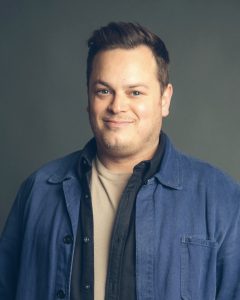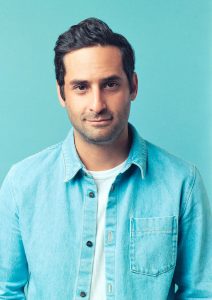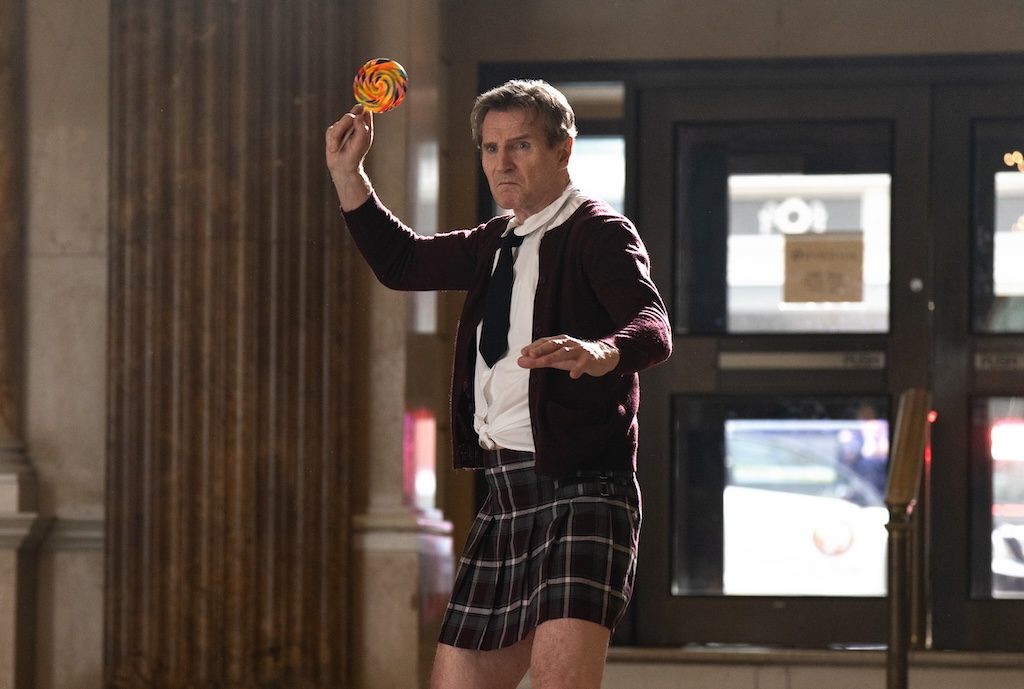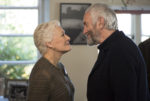The Naked Gun: Comedy Writers Dan Gregor & Doug Mand Celebrate The Absurdism Of Spoof Movies

The Naked Gun: From The Files, starring Leslie Nielsen as Frank Drebin and Priscilla Presley as his love interest Jane Spencer, sent the cop parody genre into comedic overdrive in 1988. Created by the trio of David Zucker, Jerry Zucker, and Jim Abrahams, the franchise is renowned for its signature style which combines rapid-fire left-field humor, absurd situations, and visual gags that even the Police Squad would find funny.
Nearly four decades later, screenwriters Dan Gregor and Doug Mand, producer Seth McFarlane, and writer/ director Akiva Schaffer slap a freshly-pressed uniform and infuse more parody, more silliness, and more absurdism into the genre. More of everything. Except that it’s the same as the original.
The 2025 film stars Liam Neeson as Frank Drebin Jr, a bumbling detective who fits into a little girl’s outfit, and Pamela Anderson as the sultry Beth Davenport. Both play their lines with dramatic, deadpan earnestness.

Dan Gregor
Frank: Take a seat.
Beth: No, thanks. I have one at home.
Beth stitches up the scene and changes her mind at the end.
Beth: On second thought, I’ll take one.
She takes the seat home with her.
Writers Doug Mand and Dan Gregor spoke with Creative Screenwriting Magazine about re-energizing The Naked Gun and all its kookiness. “Mel Brooks, the Zucker brothers, and Abrahams are the Mount Rushmore of comedy for us,” Mand says. “They created their own rule book.”
Mand and Gregor’s comedy backgrounds, along with films like Spaceballs, Top Secret, and Airplane! shaped their comedic sensibilities. The Naked Gun wasn’t much of a stretch for them to write. They highlight how these films “blended ridiculous scenarios with complex joke structures,” some of which they only understood when they were older.
The off-the-wall style of comedy is part of the film’s DNA. Despite the goofy gags and the low-brow slapstick, Gregor states that there is “sincerity in the jokes. You need to care deeply.”
[More: Dan Gregor & Doug Mand On ‘Chip ‘n’ Dale: Rescue Rangers’]
Crafting the Comedy: Building the Foundation
Doug clarifies that before beginning their writing sessions, the first instinct is often to produce jokes. However, they soon understood that a rock-solid plot should serve as the backbone of the comedy.

Doug Mand
The initial brainstorming sessions began with determining the plot. They wanted it to be “simple, not sweaty.” The creatives dedicated the first two weeks to ensure the plot “was tight and moved quickly and that people didn’t have to think about it too much, but you cared about the characters,” Mand mentions.
Once the plot was locked in, they revisited all the tropes of The Naked Gun Movies that could be used in the current film.
Crafting Naked Gun Jokes
The deadpan, seemingly off-the-cuff jokes are carefully constructed. Having risen through the ranks as sitcom writers on How I Met Your Mother, the comedic duo reveal that there were dozens of jokes written in every episode, most of which were never used.
Gregor, Mand, and Schaffer worked in a joke mini-room to fine-tune the jokes for The Naked Gun. “We looked at adjacent stuff where there’s this version, and then there’s one that’s maybe a little bit sharper, or the punchline lands a little bit differently, or in a sort of different cadence,” Gregor elaborates.
Comedies like The Naked Gun rely on a high joke density, so the writers have “volumes of options” to choose from. Gregor adds that the joy of writing spoof comedies is that if one joke flops, a new one will arise within thirty seconds. “Not everything needs to be perfect because the totality of it is all funny,” he continues.
Humor through Exaggeration
The Naked Gun thrives on its use of stock characters, archetypes that are exaggerated or taken literally to comic perfection.
Doug reflects on how characters like the incompetent detective and the villainous mastermind play off each other, amplifying comedy through their exaggerated traits. Lt. Frank Drebin, with his slapstick seriousness, creates an entertaining contrast.
The screenwriters didn’t set out to reinvent what the Zuckers and Abrahams created. The comedic style characterized by one-dimensional characters speaking with a straight face amidst absurd chaos elevates the comedic experience.
Liam Neeson is a dramatic actor in his own right. He didn’t set out to replicate Leslie Nielsen. Similarly, hot off the heels of Showgirl, Pamela Anderson was asked to play her most serious self. Leslie Nielsen was also a serious character actor before becoming Frank Drebin. Danny Huston, who plays the villain Richard Cane, is similarly not known for his comedic roles.
Balancing Physical And Character Comedy
Gregor describes the comedy as a genre spine that holds the normal action movies of the last 30 years. “You’re always snapping back to that central drive even if the characters do something completely ridiculous.” This allows the writers to never have to explain themselves because the story will continue to move forward.
However, the writers can’t veer too far away from that central story spine for too long without diminishing the audience’s engagement. “That plot is the primary color that you are putting your contrasting color on top of,” Gregor shares.

Frank Drebin Jr. (Liam Neeson) & Beth Davenport (Pamela Anderson) Photo courtesy of Paramount Pictures
Director Akiva Schaffer advised the cast: “Don’t try to be funny. You do what you do. The words are going to be hopefully silly enough. If you play it straight, you’re not winking at the camera. You’re not in on this joke. That’s the rule.”
Some actors have special talents outside the movie that elevate the comedy. Kevin Durand, who plays Sig Gustafson, is a trained ballet dancer. These skills were used in the scenes where he was surveilled before being kidnapped. He was practising his ballet. Additionally, Paul Walter Hauser, who plays Ed Hocken Jr., is a wrestler, and used his skills in “stage combat” scenes where he’s tossing people over his shoulder.
The Naked Writing Process
Gregor, Mand, and Schaffer would convene each morning at the office and brainstorm jokes, story areas, and scenes. Then Dan and Doug would individually write their scenes and reconvene later to give each other notes.
“It’s a deeply iterative process where every scene was internally brainstormed, broken, written, and rewritten. Writing is primarily editing,” Gregor adds. It’s essentially a writers’ room culture where someone comes in with half an idea, then it gets deconstructed and reconstructed so that’s difficult to know exactly who came up with the final gag.
Join the Discussion!
Related Articles
Browse our Videos for Sale
[woocommerce_products_carousel_all_in_one template="compact.css" all_items="88" show_only="id" products="" ordering="random" categories="115" tags="" show_title="false" show_description="false" allow_shortcodes="false" show_price="false" show_category="false" show_tags="false" show_add_to_cart_button="false" show_more_button="false" show_more_items_button="false" show_featured_image="true" image_source="thumbnail" image_height="100" image_width="100" items_to_show_mobiles="3" items_to_show_tablets="6" items_to_show="6" slide_by="1" margin="0" loop="true" stop_on_hover="true" auto_play="true" auto_play_timeout="1200" auto_play_speed="1600" nav="false" nav_speed="800" dots="false" dots_speed="800" lazy_load="false" mouse_drag="true" mouse_wheel="true" touch_drag="true" easing="linear" auto_height="true"]










You must be logged in to post a comment Login